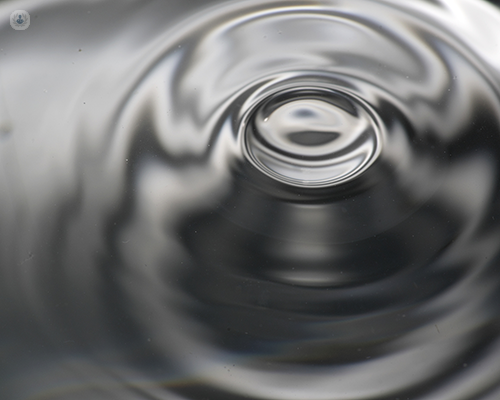
An insight into transvaginal ultrasound
A transvaginal ultrasound is a pelvic ultrasound used to examine the internal genital organs of a woman. This technique uses ultrasound, not X-rays, to obtain internal images, with high quality and detail. It enables the clear differentiation of liquid lesions from solid ones and, in addition, thanks to the "Doppler effect" and colour Doppler, it helps in the diagnosis of malignant tumours. It is easy to perform; its relatively cheap to perform and due to the nature of ultrasound has no harmful effects. In addition, there is no exposure to radiation with this test, unlike other test such as conventional radiology, CT scan, or any test involving X-rays.

How a transvaginal ultrasound is performed
There is no special patient preparation to undergo a transvaginal ultrasound, and the examination lasts between 5 and 10 minutes. The doctor inserts a probe (transducer) into the vagina, which sends sound waves (ultrasound) that reflect the body structure which are immediately converted into images that the doctor observes on a nearby monitor.
It is a painless technique, in which the doctor gently moves the tube into the vagina to be able to clearly observe the pelvic organs. Mild discomfort may be experienced due to the pressure of the catheter, although it is not very common. Transvaginal ultrasound also requires the use of physiological saline in order for the doctor to be able to assess abnormal intrauterine masses.
Objectives of transvaginal ultrasound
Transvaginal ultrasound can be used to identify and locate cysts, fibroids, or other neoplasms that are not found in a physical exam. It can also help in determining the cause of bleeding, identifying the type of infertility and diagnosing pelvic pain. Some of the problems that can be seen with this test are congenital anomalies, cancers, and pelvic inflammatory diseases.
Transvaginal ultrasound is also used for pregnant women to evaluate cases of abortion risk, causes of bleeding and conditions of the placenta. Problems such as pregnancy tumours or placental haematomas can also be observed. Transvagina

